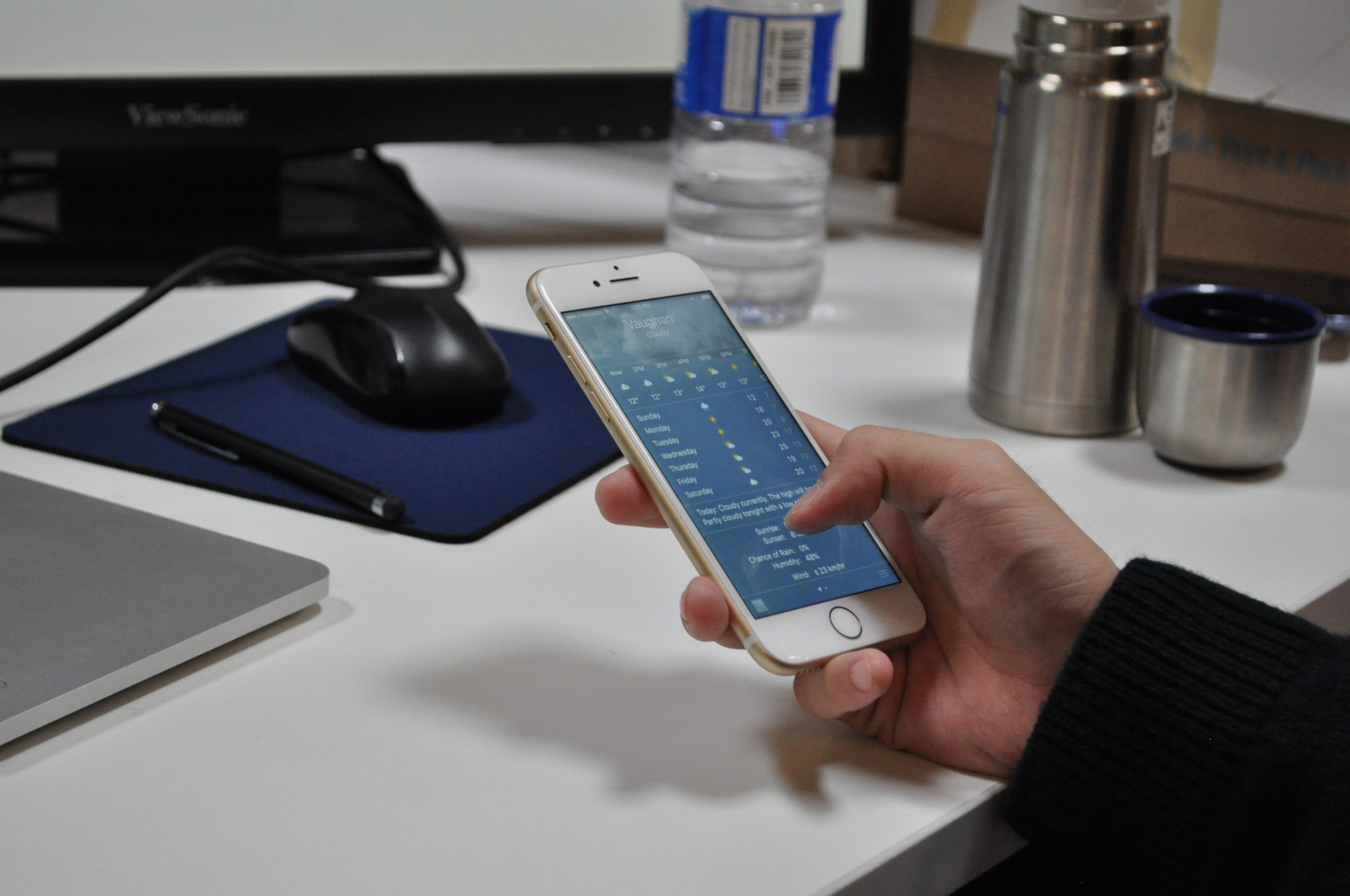7 Tips To Build An Effective Pre-launch Mobile App Marketing Strategy
To build a successful app, having a marketing strategy is important. There are millions of mobile apps in the market, hence your app should stand out to your users. While you focus on app development, you also need to carve out a mobile app marketing strategy to help introduce your app to the target users.
A pre-launch marketing strategy enables you to create awareness of your mobile app before the launch. This strategy focuses on building brand awareness and visibility. It helps your customers connect with your product as they learn more about it. In this article, we will discuss some tips to build an effective pre-launch app marketing strategy.
Why market an app pre-launch?
There is a ton of competition in the app industry. To get your audience’s attention, your product needs to resonate with them. You can work on building a relationship with potential customers by leveraging brand awareness. With a pre-launch strategy you can communicate the value of your product to the target users.
A pre-launch app marketing strategy can enable users to your brand messaging and positioning before your product is launched. This helps them connect with your brand at a deeper level.
Let's look at some tips that can help you create an effective pre-launch app marketing strategy.
Tips for pre-launch app marketing strategy
Start marketing your app long before its launch date.
Your marketing efforts start the moment you begin working on your app. This concept will serve as the foundation for your app marketing efforts. With 15 featured apps and having crafted hundreds of app experiences, we know the importance of taking marketing into consideration from day one.
Think of your marketing timeline as a crescendo, as imagined in App Savvy by Ken Yarmosh (you also know him as savvy apps’ founder and CEO). Your marketing investment starts soft at the beginning, continues to build, and eventually peaks with its arrival in the app stores.
Engage potential customers, users, and other interested people early and often.
Seek out potential customers as early on in the app creation process as possible. These should be real app users who can provide quality feedback and eventually become the champions of your app.
Teleport, a savvy apps customers, promotes its app on Twitter with its own #GoAnywhere branded hashtag.
Twitter is a good tool to make initial contact because it’s filled with tech-savvy early adopters and influencers. Free tools like BuzzSumo, Social Crawlytics and Topsy can help you identify the most important people in your industry as well as the industry content important enough to tweet and share. Just make sure to keep your tweets focused on your customers as well as their problems (and potential solutions). Monitor the power and reach of these early outreach efforts to identify best practices going forward.
Do not underestimate the importance of email.
With the prominence of social media, email is often overlooked. It’s critical though to capture email addresses and build your email list. Whether through Twitter cards, landing pages, or comparable tools, you need to capture addresses and grow your list.
Email marketing is powerful, but possibly more importantly it appeals to a broader audience. Your email audience will likely reflect the majority of users, not the tech-savvy, early adopters. These are your “normals.” Our favorite options include Sumo, Campaign Monitor, MailChimp.
It’s never too late to start blogging.
Consider starting a blog dedicated to updating your growing fan base on the progression of the app’s development. Ask for input on key features and let them stake a claim in the creation of your app. Whether it’s WordPress, Tumblr, or even Squarespace, there are plenty of very easy options to use.
Teleport uses its blog to connect and cultivate relationships with its users before launch. These personal connections will likely evolve into Teleport’s power users, fans who will help promote the app when it officially launches.
Blogging is important in not only building interest around your app but solidifying it as an integral voice for your communications. It also provides more search visibility. Target keywords, craft quality content, and link out to other industry influencers to improve your blog’s search engine rankings. Use Google Adwords Keyword Planner to help determine the keywords you want to rank for. Remember, however, that your primary purpose is providing content that your customers want and need.
Get sneaky with sneak peeks and teasers.
Humans are visual creatures, which is why "sneak peeks" work so well. A sneak peek might include screenshots from your app, a video promo, or in some cases, even just text like in a blog post describing what your app will be about.
We helped Teleport create an app-specific website, complete with email signup during their closed beta. Notice that we teased some of the screens of the app without revealing everything about it.
Sneak peeks can drive hundreds, if not thousands, of email signups and provide a ripe list for getting early, interested users.
Beta testers will make your app better and more marketable.
Put out a call for beta testers. These testers can easily become your app’s biggest supporters and word-of-mouth marketers. They also serve as an unparalleled resource for further targeted audience research. In some cases, the allure of a closed beta can draw even more excitement around your app, rewarding those who are already close to the concept, and building interest in those who, until this point, have been just out of reach.
Hit play to hear our Managing Director Richard Yarmosh comment on the power of beta testing and building hype around your app.
TRANSCRIPT: People enjoy hype. If you mention something’s out there that they can’t have right away it tends to make people want to have it. It’s just like when you were a child and your mom tells you you can’t have a candy bar and all of a sudden your whole purpose in life is to have that candy bar. It’s the same thing as in this app’s coming soon or this app’s got a closed beta people are like well I want in, I’m going to put my name in there and get in. Sometimes even if they get in they don’t do it, they just want to have this ‘oh I got into that beta’. So you got to start this early on. You have to have a beta phase before you go live. You have to market. It’s about public relations. It’s about marketing. If you don’t have those you’re not going to be very successful with your app.
- Richard Yarmosh, Savvy Apps
Get your press kit and launch materials in order.
Just before you submit your app for review, prepare your launch content. This may include your full website, press releases, promo video, app store screenshot, and other announcement-related content. Our friend Dan Counsell has a great article on what should go in your press kit.
You should also start gauging media contacts for interest in reviewing your app. Don’t be shy to reach out to big name bloggers and industry influencers for that initial explosion of attention. Remember though, your fans and customers will provide the longest lasting promotion
A final thought
Though this pre-launch marketing list is not exhaustive, many of these items are still ignored or overlooked. Focusing on these kinds of items won’t guarantee your app’s success, but they will give you a better chance of becoming the next big thing in the app stores.


